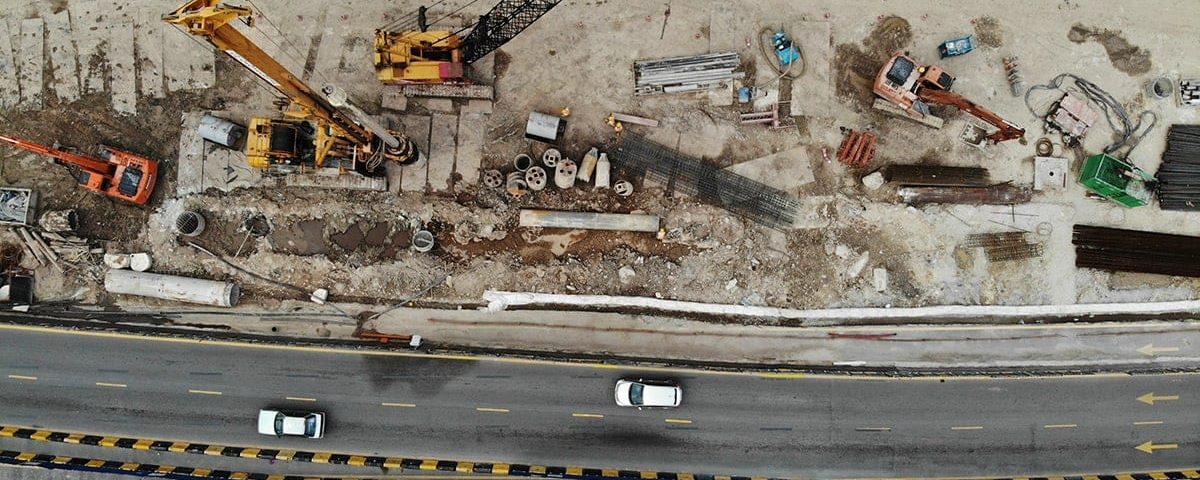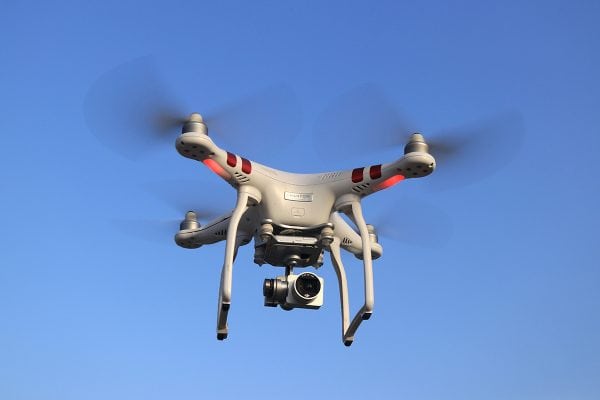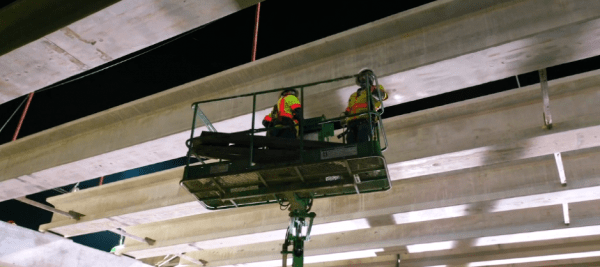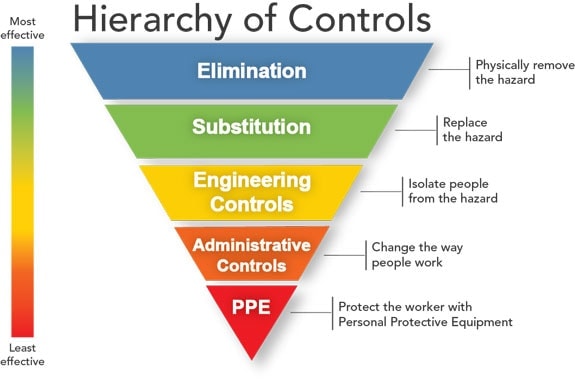
Having worked over 27 years in the construction industry, I’ve learned about the range of risks that we’re exposed to onsite and have dedicated my career to protecting people from them. Understanding how to work safely at heights and in extreme environmental conditions, as well as operating hazardous machinery, requires lifelong training and experience.
When it comes to health and safety in the construction sector, inexperience is a potential risk. A lack of effective training is one of the reasons less experienced people are more likely to have an accident than their more experienced colleagues. Furthermore, the recent increase of millennials in the American workforce presents fresh challenges for health and safety management.
Growing up in a rural area, I had opportunities to work around equipment that many people do not have today. From an early age, I remember welding, driving vehicles and developing various skills that correlate with some of the things we do in construction. As managers, we run into problems when we assume new employees understand the processes that others were exposed to early in our lives.
Old meets new
Notwithstanding, we’re seeing innovative approaches to training a new generation in what we’ve learned about safety. Increased use of virtual reality and online technology, especially during COVID-19, means safety orientations can be delivered in a different format and standardized, ensuring that critical important information is delivered to workers in a frictionless manner. We don’t have to worry whether a trainer will miss out on vital advice because they’re off their game one day. Also, people can revisit recorded sessions and learn at a pace which suits them, and managers can track their progress. The content can also be optimized for digital natives in a medium they’re familiar with.
Additionally, mobile-friendly health and safety management can improve efficiency by reducing paperwork, as well as empowering workers to proactively engage on health and safety e.g. report incidents from a smartphone or tablet. Mobile technology is also reducing our risk to exposure; instead of getting into an aerial lift to see something from above, we can send drones with cameras to carry out observations. It also involves deploying less people into the field thereby minimizing potential for harm.

Meanwhile, developing wearable technology can enhance safety by notifying workers of their own fatigue, exposure to environmental risks, and proximity to dangerous machinery to avoid stuck-by injuries. We can also keep the general public safer with advancements in smart zones which alert traffic that a truck is exiting a work zone or notify the traveling public of delays in traffic due to construction.
New meets old
With millennials seeking evidence that their company values safety, orientations and training must reinforce a culture that goes beyond rules and regulations. One of the main reasons we all go to work is to create a better life for our families, and the people we work with are our family too. Every family has a tradition, and our duty as health and safety managers is to pass on our beliefs that each family member’s safety is of primary importance. It should be understood that the safety of our working family is the most important thing at work.
As a Dad, it’s my duty to help my kids learn essential life skills and impart my experience. In the same way, there’s nothing more important than building strong relationships with junior workers when training them. This requires open communication for someone to admit they don’t know something – and that’s okay. Through orientation, you’re adopted into our family as we take each other by the hand and walk through the most common workplace situations to learn traditional safety values, together.

There’s an old adage by Benjamin Franklin that goes: “Tell me and I forget. Teach me and I remember. Involve me and I learn.”
Therefore, effective training goes beyond simply telling people about a company’s health and safety policies or site-specific hazards – which when just told they’re likely to forget. One of the very first things a safety orientation should do is ask: “who is responsible for your safety?” And the answer is “you!” Teaching that safety is a personal choice through orientation and awareness raising campaigns such as Work Safe, help people to remember this perspective.
Moreover, I firmly believe true learning happens when we personally take someone into the field and involve them in the process. We cannot expect people with different life experiences to be immediately ready to work in the field and carefully immersing them on site gives them a chance to directly experience safe working practices. Making someone feel part of a family is a great way to motivate people and demonstrate the safety traditions that our industry is built upon.
Foundations for the future
So, how do we build upon this foundation of safety? As with any family, it’s imperative to reinforce good behaviors. An effective example is when our public information office went out in the field to record footage of people wearing their PPE and working safely. They later displayed a video to congratulate those workers with clips of other employees clapping. A traffic guy that was featured in the video held a celebratory barbecue cookout to showcase his feature in the “thank you” video. Letting workers know they’re doing a great job to keep themselves and others safe goes a long way to reinforce a culture of care.
My motivation to join management came after sadly witnessing a workplace fatality while starting out in construction and I have dedicated myself to protecting people from harm ever since. Sharing these types of experiences that stay with you for a lifetime and reinforces the importance of safety at work, and helps to continue a tradition of protecting people from harm. While technology has done much to enhance safety, in my opinion, the old-fashioned family hand-holding approach should not be forgotten as it has been so significant in building our safety culture.

Moving forward in health and safety management, we must go beyond just training people to work safely. There is a big emphasis on the hierarchy of hazard controls which categorizes the best approach to dealing with hazards. We must educate people on this subject, and it is very refreshing for me when I do this personally by explaining our Ferrovial methods to an inexperienced engineers provides a better solution as a result. Our new engineers have some of the best ideas and solutions and it is vital that each member of our work family knows they are valued by their company.
So, moving forward as a manager, when a employee has an idea, we must keep an open mind and actively listen to understand and evaluate the benefit to the organization. If it benefits the company and we can do it safely, we do it – and we must certainly praise those that provide solutions to improve health and safety management.





There are no comments yet